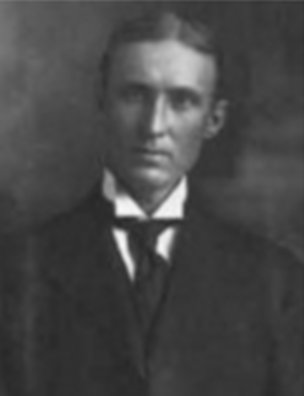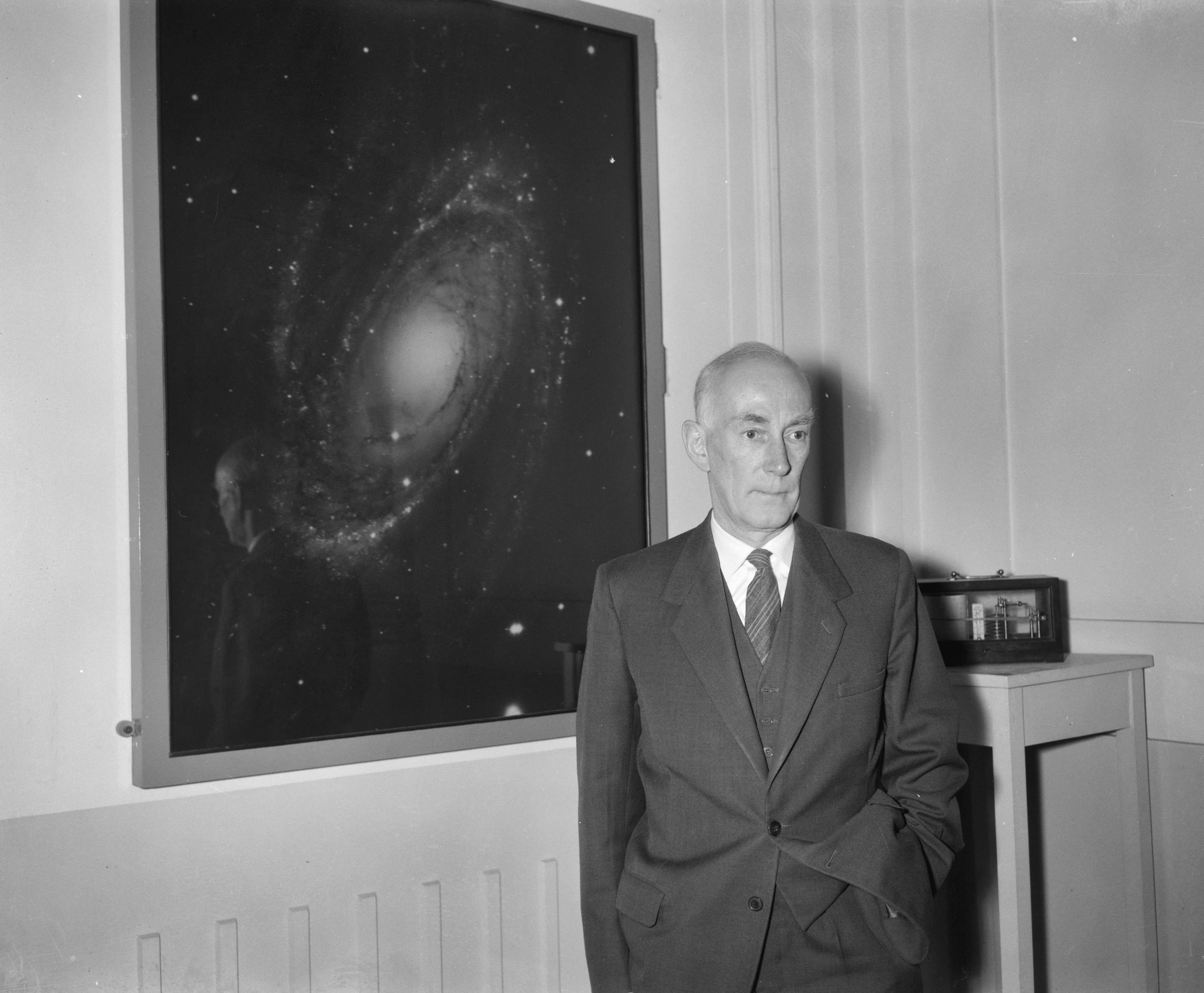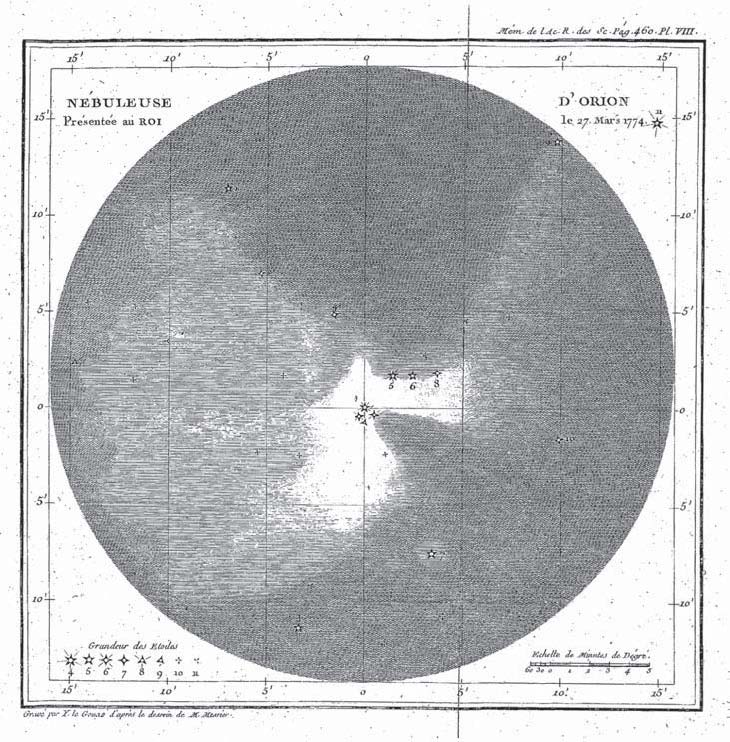|
SN 1054
SN 1054, the Crab Supernova, is a supernova that was first observed on , and remained visible until . The event was recorded in contemporary Chinese astronomy, and references to it are also found in a later (13th-century) Japanese document and in a document from the Islamic world. Furthermore, there are a number of proposed references from European sources recorded in the 15th century, as well as a pictograph associated with the Ancestral Puebloan culture found near the Peñasco Blanco site in New Mexico, United States. The pyramids at Cahokia in the midwestern United States may have been built in response to the supernova's appearance in the sky. The remnant of SN 1054, which consists of debris ejected during the explosion, is known as the Crab Nebula. It is located in the sky near the star Zeta Tauri (ζ Tauri). The core of the exploding star formed a pulsar, called the Crab Pulsar (or PSR B0531+21). The nebula and the pulsar that it contains are some of the most studied as ... [...More Info...] [...Related Items...] OR: [Wikipedia] [Google] [Baidu] |
Crab Nebula
The Crab Nebula (catalogue designations M1, NGC 1952, Taurus A) is a supernova remnant and pulsar wind nebula in the constellation of Taurus (constellation), Taurus. The common name comes from a drawing that somewhat resembled a crab with arms produced by William Parsons, 3rd Earl of Rosse, in 1842 or 1843 using a telescope. The nebula was discovered by English astronomer John Bevis in 1731. It corresponds with SN 1054, a bright supernova observed in 1054 C.E. by Native American, Japanese, and Arabic stargazers; this supernova was also recorded by Chinese astronomy, Chinese astronomers as a Guest star (astronomy), guest star. The nebula was the first astronomical object identified that corresponds with a historically-observed supernova explosion. At an apparent magnitude of 8.4, comparable to that of Titan (moon), Saturn's moon Titan, it is not visible to the naked eye but can be made out using binoculars under favourable conditions. The nebula lies in the Perseus Arm of the ... [...More Info...] [...Related Items...] OR: [Wikipedia] [Google] [Baidu] |
Supernova Remnant
A supernova remnant (SNR) is the structure resulting from the explosion of a star in a supernova. The supernova remnant is bounded by an expanding shock wave, and consists of ejected material expanding from the explosion, and the interstellar material it sweeps up and shocks along the way. There are two common routes to a supernova: either a massive star may run out of fuel, ceasing to generate fusion energy in its core, and collapsing inward under the force of its own gravity to form a neutron star or a black hole; or a white dwarf star may accrete material from a companion star until it reaches a critical mass and undergoes a thermonuclear explosion. In either case, the resulting supernova explosion expels much or all of the stellar material with velocities as much as 10% the speed of light (or approximately 30,000 km/s) and a strong shock wave forms ahead of the ejecta. That heats the upstream plasma up to temperatures well above millions of K. The shock continuou ... [...More Info...] [...Related Items...] OR: [Wikipedia] [Google] [Baidu] |
Mount Wilson Observatory
The Mount Wilson Observatory (MWO) is an Observatory#Astronomical observatories, astronomical observatory in Los Angeles County, California, United States. The MWO is located on Mount Wilson (California), Mount Wilson, a peak in the San Gabriel Mountains near Pasadena, California, Pasadena, northeast of Los Angeles. The observatory contains two historically important telescopes: the #100-inch Hooker telescope, Hooker telescope, which was the largest aperture telescope in the world from its completion in 1917 to 1949, and the #60-inch telescope, 60-inch telescope which was the largest operational telescope in the world when it was completed in 1908. It also contains the Snow solar telescope completed in 1905, the solar tower completed in 1908, the solar tower completed in 1912, and the CHARA array, built by Georgia State University, which became fully operational in 2004 and was the largest optical interferometer in the world at its completion. Due to the inversion (meteorol ... [...More Info...] [...Related Items...] OR: [Wikipedia] [Google] [Baidu] |
John Charles Duncan
John Charles Duncan (February 8, 1882 – September 10, 1967) was an American astronomer. His work spanned astronomy’s transition from a focus on observation and location measurement to astrophysics. He was well known for his basic college textbook "Astronomy", in widespread use for 30 years after its first publication in 1926. His career was a fruitful combination of research and teaching at major observatories, in his own classrooms and through his textbook. Duncan was the first to note the expansion of the Crab Nebula and from that determine the approximate year of its creation, discovered variable stars in what were soon found to be distant galaxies, and describe the nebular structures now known as the '' Pillars of Creation''. Early life John Charles Duncan was born at home at Duncan's Mill, near Knightstown, Ind., on Feb. 8, 1882. He was the third child of Daniel Davidson and Naomi Jessup Duncan. Daniel was born in Ohio in 1844, the family settling in Henry County, Indiana ... [...More Info...] [...Related Items...] OR: [Wikipedia] [Google] [Baidu] |
Publications Of The Astronomical Society Of The Pacific
''Publications of the Astronomical Society of the Pacific'' (often abbreviated as ''PASP'' in references and literature) is a monthly peer-reviewed scientific journal managed by the Astronomical Society of the Pacific. It publishes research and review papers, instrumentation papers and dissertation summaries in the fields of astronomy and astrophysics. Between 1999 and 2016 it was published by the University of Chicago Press and since 2016, it has been published by IOP Publishing. The current editor-in-chief is Jeff Mangum of the National Radio Astronomy Observatory. ''PASP'' has been published monthly since 1899, and along with ''The Astrophysical Journal'', ''The Astronomical Journal'', ''Astronomy and Astrophysics'', and the ''Monthly Notices of the Royal Astronomical Society'', is one of the primary journals for the publication of astronomical research. See also * ''List of astronomy journals'' References Astronomy journals IOP Publishing academic journals Publications ... [...More Info...] [...Related Items...] OR: [Wikipedia] [Google] [Baidu] |
Carl Lampland
Carl Otto Lampland (December 29, 1873 – December 14, 1951) was an American astronomer. He was involved with both of the Lowell Observatory solar system projects, observations of the planet Mars and the search for Planet X. Biography Carl Otto Lampland was born near Hayfield in Dodge County, Minnesota. He was born into a family of ten children. Both his father Ole Helliksen Lampland (1834–1914) and his mother Berit Gulliksdatter Skartum (1850–1943) were born in Norway. He was educated first at Valparaiso Normal School in Valparaiso, Indiana, where he earned a B.S. degree in 1899. He then studied at Indiana University Bloomington, where he received a B.A. degree in astronomy in 1902, an M.A. in 1906, and an honorary LL.D in 1930. He first went to Lowell Observatory in 1902 when invited by Percival Lowell and Lampland was closely involved with Lowell in planetary observation. He designed cameras used for astronomy and also designed and maintained telescopes, inclu ... [...More Info...] [...Related Items...] OR: [Wikipedia] [Google] [Baidu] |
Jan Oort
Jan Hendrik Oort ( or ; 28 April 1900 – 5 November 1992) was a Dutch astronomer who made significant contributions to the understanding of the Milky Way and who was a pioneer in the field of radio astronomy. ''The New York Times'' called him "one of the century's foremost explorers of the universe"; the European Space Agency website describes him as "one of the greatest astronomers of the 20th century" and states that he "revolutionised astronomy through his ground-breaking discoveries." In 1955, Oort's name appeared in ''Life'' magazine's list of the 100 most famous living people. He has been described as "putting the Netherlands in the forefront of postwar astronomy". Oort determined that the Milky Way rotates and overturned the idea that the Sun was at its center. He also analyzed the vertical motions of stars near the Sun, using this data to estimate the local gravitational field. He calculated how much mass must be present to account for the stellar motions perpendicular ... [...More Info...] [...Related Items...] OR: [Wikipedia] [Google] [Baidu] |
Messier Catalogue
The Messier objects are a set of 110 astronomical objects catalogued by the French astronomer Charles Messier in his ' (''Catalogue of Nebulae and Star Clusters''). Because Messier was interested only in finding comets, he created a list of those non-comet objects that frustrated his hunt for them. This list, which Messier created in collaboration with his assistant Pierre Méchain, is now known as the ''Messier catalogue''. The Messier catalogue is one of the most famous lists of astronomical objects, and many objects on the list are still referenced by their Messier numbers. The catalogue includes most of the astronomical deep-sky objects that can be easily observed from Earth's Northern Hemisphere; many Messier objects are popular targets for amateur astronomers. A preliminary version of the catalogue first appeared in 1774 in the ''Memoirs'' of the French Academy of Sciences for the year 1771. The first version of Messier's catalogue contained 45 objects, which wer ... [...More Info...] [...Related Items...] OR: [Wikipedia] [Google] [Baidu] |
Halley's Comet
Halley's Comet is the only known List of periodic comets, short-period comet that is consistently visible to the naked eye from Earth, appearing every 72–80 years, though with the majority of recorded apparitions (25 of 30) occurring after 75–77 years. It last appeared in the inner parts of the Solar System in 1986 and will next appear in mid-2061. Officially designated 1P/Halley, it is also commonly called Comet Halley, or sometimes simply Halley. Halley's periodic returns to the inner Solar System have been observed and recorded by astronomers around the world since at least 240 BC, but it was not until 1705 that the English astronomer Edmond Halley understood that these appearances were re-appearances of the same comet. As a result of this discovery, the comet is named after Halley. During its 1986 visit to the inner Solar System, Halley's Comet became the first comet to be observed in detail by a spacecraft, ''Giotto (spacecraft), Giotto'', providing the first obser ... [...More Info...] [...Related Items...] OR: [Wikipedia] [Google] [Baidu] |
Charles Messier
Charles Messier (; 26 June 1730 – 12 April 1817) was a French astronomer. He published an astronomical catalogue consisting of 110 nebulae and star clusters, which came to be known as the ''Messier objects'', referred to with the letter M and their number between 1 and 110. Messier's purpose for list of Messier objects, the catalogue was to help astronomical observers distinguish between permanent and transient astronomical event, transient visually diffuse astronomical object, objects in the sky. Biography Messier was born in Badonviller in the Lorraine region of Kingdom of France, France, in 1730, the tenth of twelve children of Françoise B. Grandblaise and Nicolas Messier, a Court usher. Six of his brothers and sisters died while young, and his father died in 1741. Charles' interest in astronomy was stimulated by the appearance of the Great Comet of 1744, great six-tailed comet in 1744 and by an annular solar eclipse visible from his hometown on 25 July ... [...More Info...] [...Related Items...] OR: [Wikipedia] [Google] [Baidu] |
Astronomy
Astronomy is a natural science that studies celestial objects and the phenomena that occur in the cosmos. It uses mathematics, physics, and chemistry in order to explain their origin and their overall evolution. Objects of interest include planets, natural satellite, moons, stars, nebulae, galaxy, galaxies, meteoroids, asteroids, and comets. Relevant phenomena include supernova explosions, gamma ray bursts, quasars, blazars, pulsars, and cosmic microwave background radiation. More generally, astronomy studies everything that originates beyond atmosphere of Earth, Earth's atmosphere. Cosmology is a branch of astronomy that studies the universe as a whole. Astronomy is one of the oldest natural sciences. The early civilizations in recorded history made methodical observations of the night sky. These include the Egyptian astronomy, Egyptians, Babylonian astronomy, Babylonians, Greek astronomy, Greeks, Indian astronomy, Indians, Chinese astronomy, Chinese, Maya civilization, M ... [...More Info...] [...Related Items...] OR: [Wikipedia] [Google] [Baidu] |
Solar System
The Solar SystemCapitalization of the name varies. The International Astronomical Union, the authoritative body regarding astronomical nomenclature, specifies capitalizing the names of all individual astronomical objects but uses mixed "Solar System" and "solar system" structures in theinaming guidelines document. The name is commonly rendered in lower case ('solar system'), as, for example, in the ''Oxford English Dictionary'' an''Merriam-Webster's 11th Collegiate Dictionary''. is the gravitationally bound Planetary system, system of the Sun and the objects that orbit it. It Formation and evolution of the Solar System, formed about 4.6 billion years ago when a dense region of a molecular cloud collapsed, forming the Sun and a protoplanetary disc. The Sun is a typical star that maintains a hydrostatic equilibrium, balanced equilibrium by the thermonuclear fusion, fusion of hydrogen into helium at its stellar core, core, releasing this energy from its outer photosphere. As ... [...More Info...] [...Related Items...] OR: [Wikipedia] [Google] [Baidu] |











